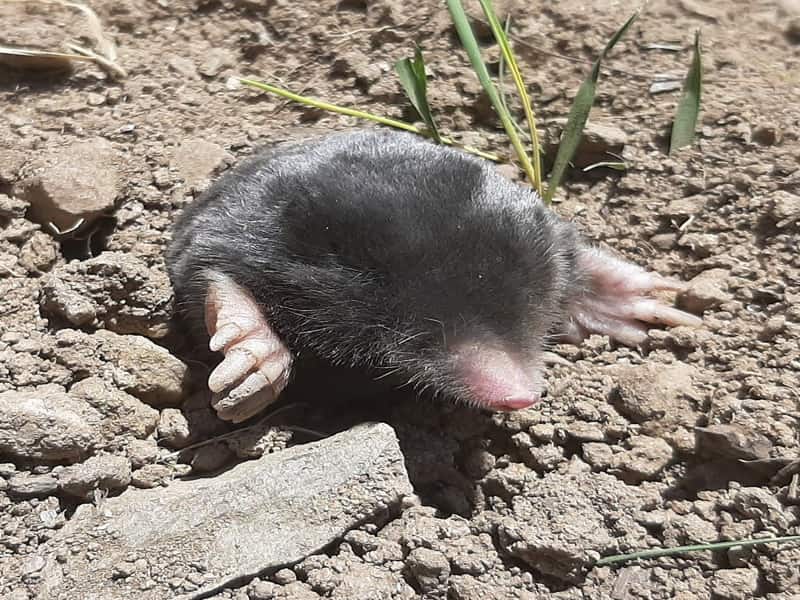Nature loves to spring surprises and amaze humankind. In a recent case, scientists literally unearthed two new types of moles which have been existing in the eastern part of Turkey. As per a theguardian.com report, experts believe that these two varieties have remained undiscovered till now.
Thanks to DNA technology, it has been established that these two animals are different and distinct from other species of their family. The habitat of the both is in the mountainous regions of Turkey and they manage to sustain temperatures that can shoot up to 50 degrees Celsius while they can also stay alive under two metres of snow in winter.
Towards the western side of Turkey only a single mole species is found. Called Talpa europaea, it is native to Britain but further to its east there is a variety of moles. All these are different and occupy very small geographical ranges.
The research on the two new species was carried out by the scientists from Turkey’s Ondokuz Mayıs University, Indiana University in the United States and United Kingdom’s University of Plymouth.
Prof. David Bilton, who is the study’s senior author and from UoP talking about the discovery commented: “It is very rare to find new species of mammals today. There are only around 6,500 mammal species that have been identified across the world and, by comparison, there are around 400,000 species of beetles known, with an estimated 1m to 2m on Earth.”
Bilton, who has in the past been responsible for recognising 80 new species of animals making a pertinent observation said: “Superficially, the new moles we have identified in this study appear similar to other species, since living underground imposes serious constraints on the evolution of body size and shape. There are a limited number of options available for moles really. Our study highlights how, in such circumstances, we can underestimate the true nature of biodiversity, even in groups like mammals, where most people would assume we know all the species with which we share the planet.”
The finding of these two new species makes the number of Eurasian moles go up by two – from 16 to 18 – each with its definite and well-defined genetic and physical attributes.
To make sure that these moles were different from others, the scientists used advanced mathematical analyses to study the shape and size of different bodies, including the specimens collected in the 19th Century and kept in museums. Besides this, a supportive analysis of the DNA of the moles was also done and by comparing them in detail with the known species of the creature, their distinctiveness was confirmed.
The two moles have been christened as Talpa hakkariensis and Talpa davidiana tatvanensis respectively.
Also read: Scientists celebrate finding of a new species of leafhopper after 50 years




















